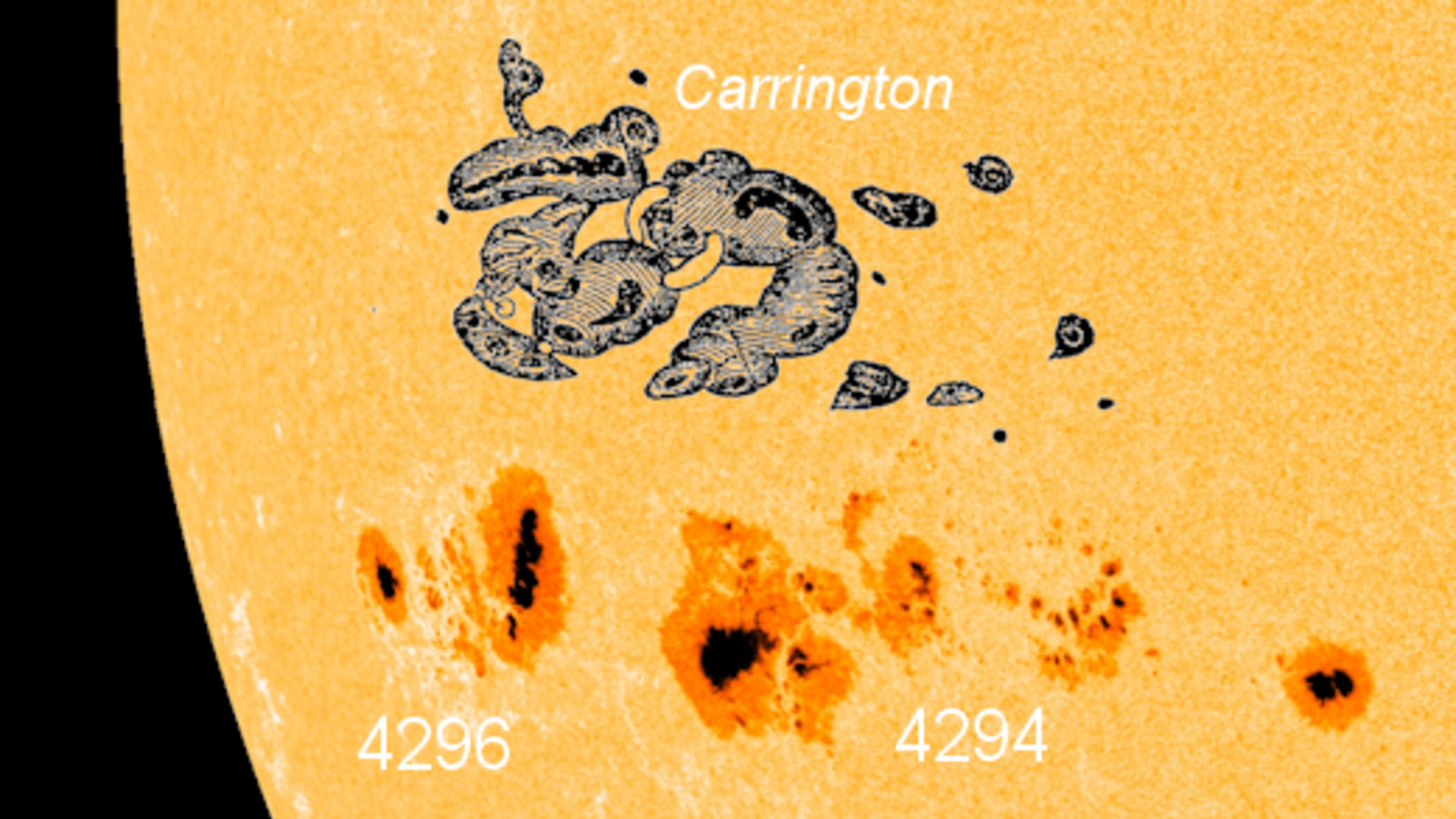Giant Electromagnet Ends Its Month-Long Move

After more than a month of traveling over land and sea, a huge doughnut-shaped electromagnet has crossed the finish line of its 3,200-mile (5,000 kilometers) haul from New York to Illinois.
Since the end of June, the massive magnet had been moving at a creeping pace to get to its new home at Fermi National Accelerator Laboratory, or Fermilab, in Batavia, a suburb of Chicago. As the centerpiece of a future physics experiment called Muon g-2 (pronounced "gee minus two"), the magnet will be used to capture and store muons, rare subatomic particles that exist for just 2.2 millionths of a second.
From its original location, at Brookhaven National Lab on Long Island, the 50-foot-wide (15 meters) piece of machinery had to be trucked and loaded carefully onto a barge, which carried it down the Atlantic coast, around the tip of Florida, across the Gulf of Mexico, and into the mouth of the Mississippi River, pushed along by tugboat. [See Photos from the Magnet's Long Voyage]
Last weekend, the strange cargo reached a port in Lemont, Ill., along the Des Plaines River, where it was again met by a specially outfitted truck. After three slow, police-escorted nighttime drives, the magnet finally entered the gates of Fermilab in the wee hours of Friday morning (July 26). The lab will hold a public celebration Friday afternoon to greet the gargantuan particle-capturing ring.
The journey was slow and circuitous as the slightest tilt or twist could irreparably damage the complex wiring inside the 15-ton (13.6-tonne) magnet. The trip was estimated to have cost $3 million, but officials have said it would have cost 10 times more to build a new magnet at Fermilab.
Previous experiments at Brookhaven hinted that muons did not behave as predicted by the reigning theory of particle physics, the Standard Model. Scientists hope to get more precise data on these exotic particles using a powerful Fermilab accelerator that can generate a more intense and pure beam of muons.
The Muon g-2 experiment is scheduled to start in 2016 and will involve 26 institutions around the world.
Get the world’s most fascinating discoveries delivered straight to your inbox.
Follow Megan Gannon on Twitter and Google+. Follow us @livescience, Facebook & Google+. Original article on LiveScience.com.



